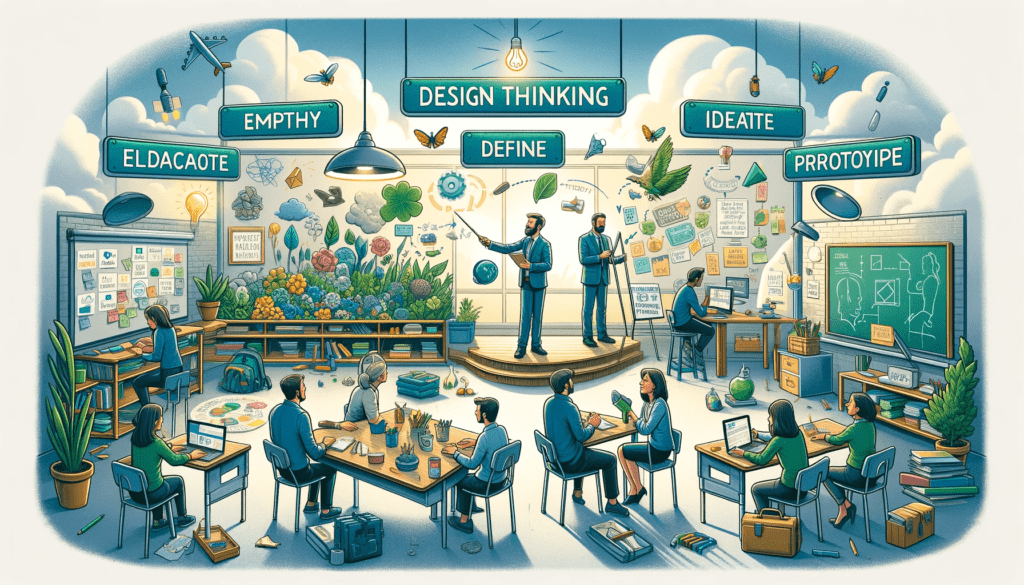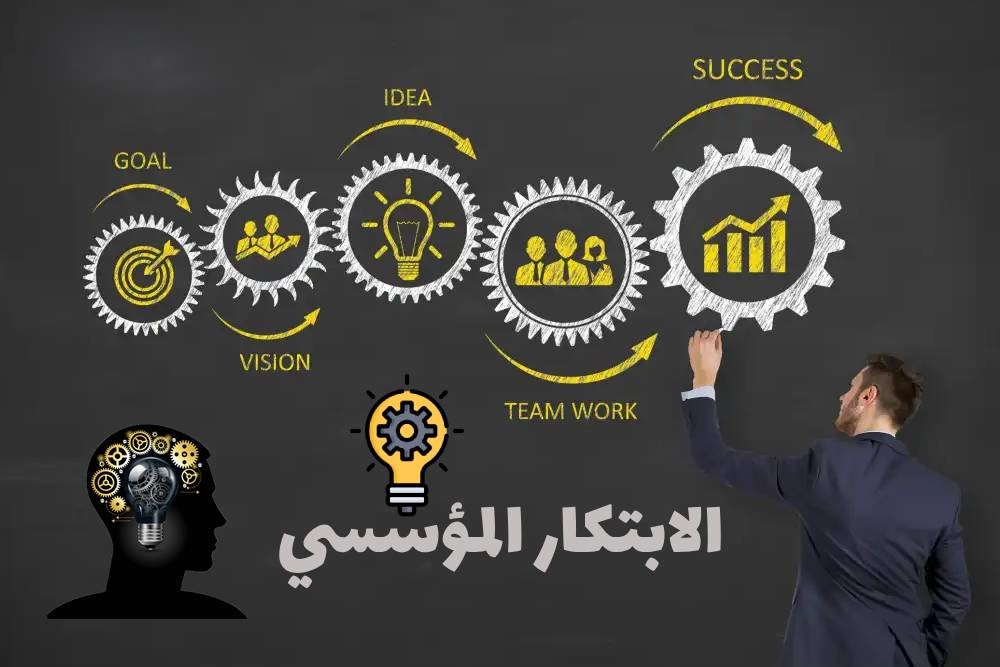In a fast-paced business world, it’s clear that simply offering high-quality products or services is no longer enough to stay ahead. Today, leading companies rely on building a corporate culture of innovation as a key element for achieving sustainable growth and meeting ever-changing market challenges.
Although innovation is sometimes viewed as a luxury, it is actually a strategic necessity that sets advanced organizations apart. Global companies like Apple, Google, and Amazon didn’t reach the top by chance, but rather by creating an environment that encourages creativity, embraces experimentation, and rewards bold ideas.
So, how can a company build a truly innovative culture? In this article, we’ll explore 10 effective and proven ways to help you foster creativity within your company, with practical examples and actionable tips.
1. Encourage creative thinking within the team.
First, creative thinking is the cornerstone of any innovation process. Every great idea begins with a mind free from the fear of failure or criticism.
How to apply it:
- First, hold regular brainstorming sessions to discuss new ideas across different teams.
- Additionally, create a clear system for rewarding creative ideas with either recognition or financial rewards.
- Moreover, Use creative thinking techniques like SCAMPER to develop products and services in unconventional ways.
Practical example:
3M implemented the “15% Rule,” which allowed employees to dedicate a portion of their time to developing their own ideas. As a result, the popular Post-it Notes product was born.
2. Empower employees to experiment and learn.
On the other hand, Innovation relies on an environment that allows for experimentation and continuous learning. Failure is not the end of the road, but rather the beginning of discovering new solutions.
How to apply it:
- First, create labs or dedicated spaces for experimenting with ideas.
- Additionally, celebrate mistakes that lead to learning, and don’t let failure be a source of fear.
- Also, provide your employees with digital tools that help them prototype their ideas.
Practical example:
Spotify organizes “Hack Days” events that allow employees to freely experiment with their ideas. This has led to popular features like “Discover Weekly.”
3. Enhancing collaboration between teams
In fact, innovation doesn’t arise from isolation. Sharing expertise between different teams creates more diverse and effective ideas.
How to apply it:
- First, design an open work environment that encourages communication among employees.
- Additionally, use tools like Slack and Asana to enhance collaboration.
- You can also organize projects that bring together multidisciplinary teams to solve challenges collectively.
Practical example:
At Pixar, the company building is designed so that different teams meet naturally every day, fostering opportunities for creative interaction.
4. Investing in continuous training and development
The more knowledge, the broader the circle of creativity. Therefore, developing employee skills is vital to fostering a culture of innovation.
How to apply it:
- Organize workshops on innovation and creative thinking.
- Moreover, Provide e-learning opportunities for employees.
- Also, encourage participation in technical conferences and events.
Practical example:
Amazon offers a Career Choice program that enables employees to develop their professional skills in line with the company’s goals.

5. Using technology to support innovation in companies
Technology has certainly become a strategic partner for innovation, enabling speed of implementation and accurate results.
How to apply it:
- Use artificial intelligence and data analysis to discover new opportunities.
- Moreover, Implement automation to reduce routine tasks.
- Additionally, create internal platforms that allow employees to easily share their ideas.
Practical example:
Tesla uses artificial intelligence to develop and improve the performance of its cars, making it a leader in technical innovation.
6. Adopting Design Thinking
Design thinking is a practical approach that focuses on customer needs first, then offers creative, realistic solutions.
How to apply it:
- Involve customers in the product development stages.
- Additionally, conduct user experience tests periodically.
- Moreover, Use real data to design solutions instead of assumptions.
Practical example:
IDEO relies on design thinking to develop innovative solutions that exceed traditional customer expectations.
7. Establishing an incentive and reward system for innovation.
There’s no doubt that motivation is an essential element in encouraging creativity. When employees see tangible results for their efforts, their enthusiasm increases.
How to apply it:
- First, offer financial rewards for successful innovative ideas.
- In addition, it provides promotion opportunities for creators.
- You can also create internal contests that foster a positive competitive spirit.
Practical example:
At Google, special rewards are given to employees who create successful solutions that make a real impact on the company.
8. Developing innovative leadership
On the other hand, a culture of innovation cannot succeed without leadership that believes in it. Leaders are the ones who direct creative energy toward the right goals.
How to apply it:
- Encourage leaders to support experimentation and new initiatives.
- In addition, train them in innovative leadership skills.
- Also, give teams the freedom to make decisions within a clear framework of responsibility.
Practical example:
Elon Musk is a living example of innovative leadership at Tesla and SpaceX, creating an environment of continuous experimentation and learning.
9. Building strategic partnerships to scale innovation
In a rapidly evolving world, no company can innovate alone. Partnerships open new doors to knowledge and technology.
How to apply it:
- Collaborate with universities and research centers.
- Moreover, Create partnerships with innovative startups.
- In addition, we implement joint projects with global partners to exchange experiences.
Practical example:
Microsoft works with academic institutions to develop innovative AI solutions that enhance their technological capabilities.
10. Implementing innovation management systems
Ultimately, innovation cannot flourish without a clear system for managing it. Having a systematic framework makes it easier to transform ideas into measurable results.
How to apply it:
ISO 56002
has been adopted for corporate innovation management.- In addition, a specialized internal unit was established to manage innovation projects.
- Moreover, Use performance indicators to measure the effectiveness of innovation within the company.
Practical example:
Siemens employs integrated innovation management systems that have enabled it to improve operational efficiency and enhance competitiveness.
Ultimately, it can be said that building a culture of innovation in companies is no longer an option, but rather a strategic necessity to ensure survival and excellence.
When creativity becomes part of an organization’s identity, a challenge turns into an opportunity, and an idea into a tangible achievement.
How does Reins help you build a sustainable innovation culture?
At
Reins
, we believe that innovation starts within an organization. Therefore, we offer comprehensive solutions that include:
Strategic consulting to design a work environment that stimulates creativity.
Specialized training programs to develop innovative thinking skills among work teams.
Implementation support for innovation management systems according to
ISO 56002.
🌟 Start your journey toward true innovation today with Reins — your partners in transforming ideas into tangible achievements.
📞
Contact us now
to discover how we can help you build an innovative and sustainable work environment within your company.










